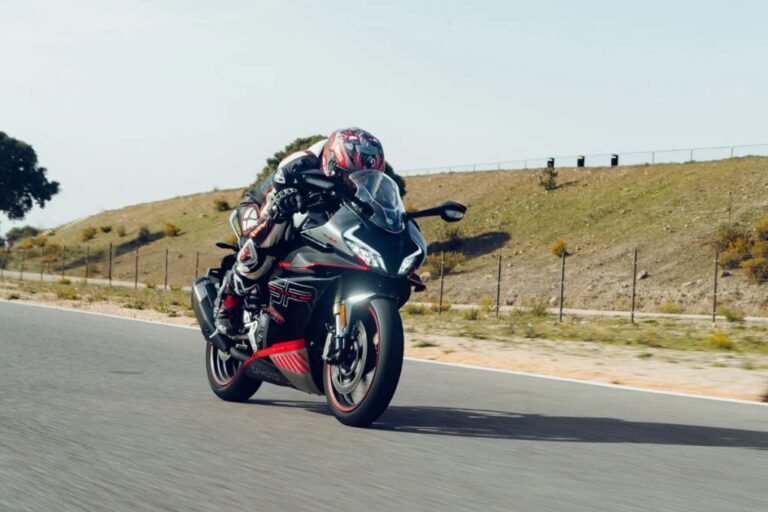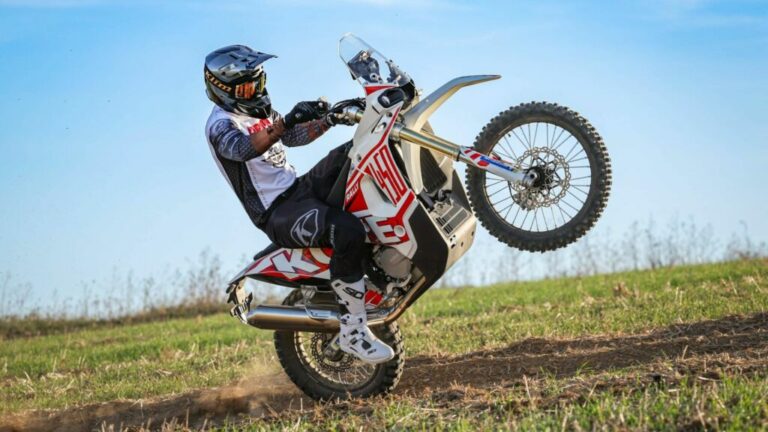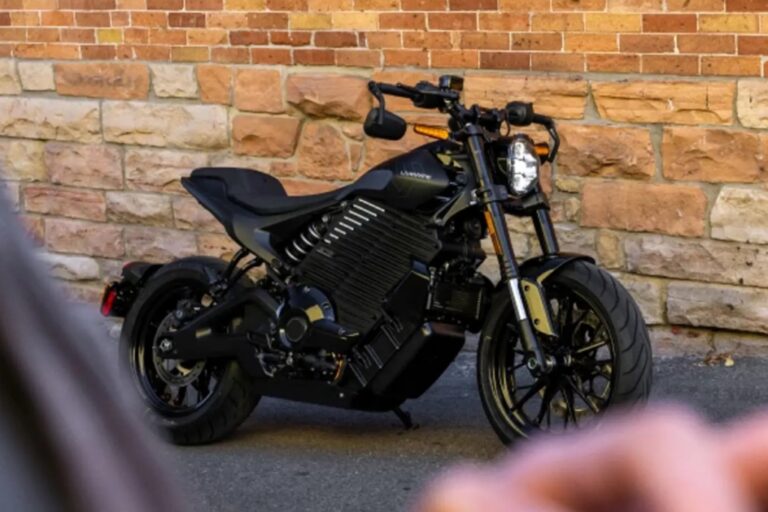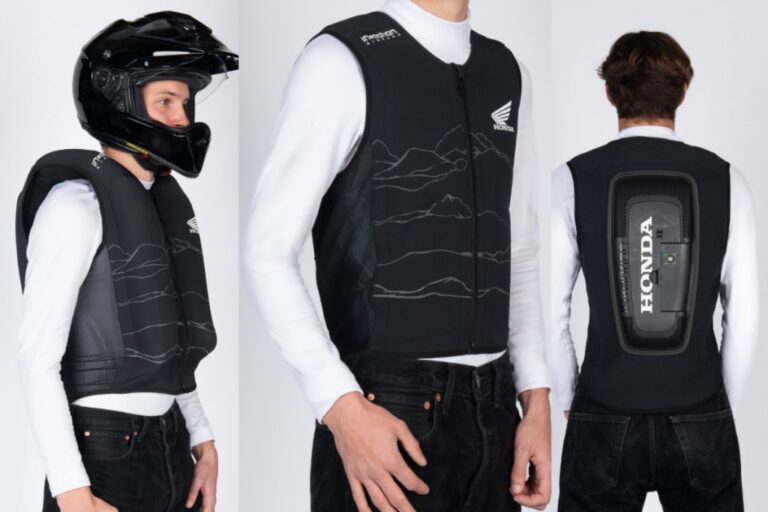My experience with the Mazda CX-80 Skyactiv-D: Why does the diesel engine continue to surpass the gasoline hybrid?
My experience with the Mazda CX-80 Skyactiv-D
The Mazda CX-80 Skyactiv-D is a bold proposition in the world of SUVs, primarily standing out for its innovative diesel engine that challenges current trends towards gasoline hybrids. This experience reveals how Mazda, firm in its conviction, has achieved a unique approach by creating a vehicle that combines power, efficiency, and comfort. We will explore why, in this era of electrification, the diesel engine of the CX-80 remains a valuable option for those seeking a balance between performance and economy.
Daring design and functionality
The Mazda CX-80 presents itself as a large SUV, accommodating up to seven occupants, and translating a commitment to functionality into its design without sacrificing style. With 254 horsepower and five meters in length, this Japanese car stands out for its versatility, offering a spacious and comfortable interior. The trunk is another of its strengths, capable of adjusting to different configurations depending on travel needs.
The diesel engine as the protagonist
In a context where most manufacturers are betting on electrification, the Mazda CX-80 opts for a formidable 3.3-liter turbo diesel engine. This engine, combined with a variable geometry turbocharger, not only provides the 254 horsepower needed to move its more than 2,100 kilos, but also includes mild hybridization thanks to a 48-volt battery. This combination allows the CX-80 to maintain a surprisingly low consumption of around 6.5 l/100 km, something noteworthy for a vehicle of this size.
Performance on the road
When taking the wheel of the Mazda CX-80, the first impression is one of a robust response and surprising acceleration, especially when merging onto a highway. The engine responds immediately, assisted by an eight-speed automatic transmission that enhances the driving experience. The 550 Nm of maximum torque ensures dynamism and safety in every overtaking, guaranteeing solid performance.
Interior and technology
The interior of the Mazda CX-80 is a testament to practical design, intended for long family trips. The wheelbase of over three meters contributes to a spaciousness that is evident from any seat. Although the technological options are varied, the 12.3-inch screen, while functional, falls behind compared to other models in the competition, limiting its touch usage to certain functions.
Comparison with gasoline hybrids
When compared to gasoline hybrids, the diesel engine of the Mazda CX-80 stands out not only for its efficiency in consumption but also for its ability to deliver powerful performance without sacrificing economy. Additionally, the mild hybridization system grants it the Eco label from the DGT, a detail that does not go unnoticed in the current context of sustainability.
Perceived quality and personal conclusion
While the Mazda CX-80 does not reach the finishing levels of premium models like the Audi Q7 or the Volvo XC90, its build quality is remarkable, offering a more economical proposal without compromising too much on quality. My experience with this SUV reaffirms that for those who value an efficient and reliable engine for long trips, diesel remains a highly competitive option.
Final reflections on the Mazda CX-80 Skyactiv-D
The Mazda CX-80 Skyactiv-D represents a bold bet in the world of SUVs, combining the robustness and efficiency of a diesel engine with contemporary technological advancements. This vehicle excels in various areas, from its impressive power of 254 horsepower to its spacious interior that makes it ideal for families or long trips. Perhaps most notable is how this car challenges the prevailing trend towards gasoline hybrid engines.
Mazda’s choice of a diesel engine with mild hybridization underscores its commitment to performance and efficiency. Throughout my experience with the CX-80, I have found that the diesel engine offers exceptional acceleration and prudent fuel consumption. With an average consumption of around 6.5 l/100km, this model surpasses many of its larger competitors. Additionally, the maximum torque of 550 Nm provides a powerful and reliable response at all times.
Compared to gasoline hybrid engines, the Skyactiv-D provides a driving experience that enhances reliability and enjoyment. Where many hybrids may show performance gaps during long journeys or demanding conditions, the diesel in the CX-80 shines by delivering consistent power. My experience with the vehicle also allowed me to appreciate its economical use and the peace of mind it provides, especially on long trips and routes.
For those looking for a car that combines advanced diesel technology with mild hybridization and performance that does not compromise power, the Mazda CX-80 stands out as a solid and attractive option. In a market where the choice increasingly leans towards hybrids and electric vehicles, Mazda has demonstrated with this model that diesel still has a lot to offer. At the end of my experience, the CX-80 confirmed itself as a reliable and efficient road companion, reaffirming the relevance of its diesel engine today.




